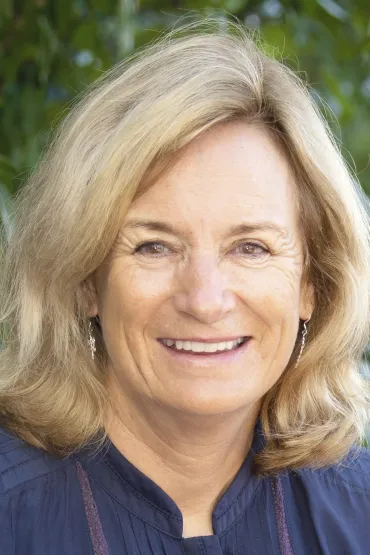RIEL seminar series
The importance of arid zone waterholes for terrestrial wildlife in a warming world
| Presenter | Professor Jenny Davis | |
|---|---|---|
| Date/Time |
to
|
|
| Contact person | E: riel.outreach@cdu.edu.au | |
| Location | Yellow 1.1.39 and online | |
| Open to | Public | |
Freshwater systems, including perennial springs and riverine waterholes, are immensely important in the arid environments of central Australia because they support much of the region’s aquatic and terrestrial biodiversity.
Although the terrestrial wildlife that occurs in the central Australian arid zone is well adapted to cope with the extreme climatic variability that characterises this region, many species will be vulnerable in an increasingly warmer world. Understanding how and when terrestrial wildlife use arid zone waterbodies is essential for the development of evidence-based climate adaptation and conservation programs. Additionally, long-term datasets are needed to understand the role that waterholes play in supporting terrestrial wildlife under highly variable and changing climatic conditions.
In this seminar, Prof. Jenny Davis will describe the information provided by a long-term camera trapping project undertaken at four waterholes in Watarrka National Park, in central Australia. Starting with a pilot study at a perennial groundwater-fed spring in December 2013, remotely-triggered Reconyx HyperFire cameras have been continuously deployed to record the species visiting waterholes. All the sites are located on headwater streams and represent a range of water regimes, from permanently wet to almost always dry.
Over a million images have now been obtained, and over 85 species of terrestrial vertebrates have been recorded. These include dingoes, wallabies, many avian species, and some reptiles and frogs. Aerial invertebrates have been recorded, including dragonflies, butterflies and wasps. Although relatively rare, feral cats and red foxes have also been recorded. For some avian species both competition for water and predation at waterholes appears to increase as air temperatures rise.
Accordingly, climate conservation strategies could include the provision of artificial water resources to mitigate competition for water, and restoration of fringing vegetation to provide cover from predation for smaller avian species.
Professor Jenny Davis is an environmental scientist in RIEL, specialising in freshwater ecology. She is interested in answering the fundamental question of how much water does the environment need? Her current research focuses on groundwater-dependent waterbodies in arid, semi-arid and wet/dry tropical regions and the processes that support the persistence of aquatic refugia and biodiversity hotspots. Jenny received the Murdoch University Vice-Chancellors Award for Excellence in Postgraduate Supervision in 2004 and the Australian Society for Limnology (ASL) Medal in 2006. She has published over 200 works (including peer-reviewed papers and technical reports).
Related Events

Chinese kung fu classes for kids
Join our kung fu classes specialised for children. It’s more than just exercise—it’s a journey to a healthier, brighter, and more focused future for every child! The classes run every Monday at 5.30 pm, from 26 January - 30 March.
Read more about Chinese kung fu classes for kids
Tai Chi Kung Fu Fan
Join our Tai Chi Kung Fu Fan classes to learn a unique style of Tai Chi combined with other martial arts and dance movements! The classes run every Monday at 5.30 pm, from 26 January - 30 March.
Read more about Tai Chi Kung Fu Fan
Chinese cultural handicrafts for kids
CDU CI presents a warm and educational handicraft workshop where children learn simple Chinese cultural traditions and create their own unique artworks. Join us for an inspiring cultural experiences, starting from 27 January till 3 March, 5 pm - 6 pm, every Tuesday.
Read more about Chinese cultural handicrafts for kids
